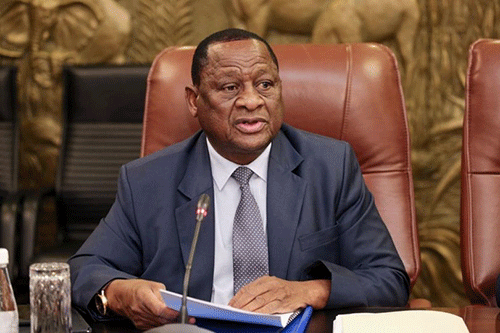Health minister Kalumbi Shangula yesterday officially announced the end of the Crimean-Congo Haemorrhagic Fever outbreak countrywide, which a few months ago claimed several lives in the Khomas and Omaheke regions.
The Crimean-Congo Haemorrhagic Fever, popularly known as Congo Fever, is a widespread disease, caused by a tick-borne virus (Nairovirus) of the Bunyaviridae family. The virus causes severe viral haemorrhagic fever outbreaks, with a case fatality rate of 10 to 40%.
Giving the all-clear yesterday, Shangula said several public health interventions were implemented to contain the outbreak, including the activation of health emergency management committees in the Khomas and Omaheke regions, contact tracing and monitoring of 56 high-risk contacts, as well as assessing possible livestock tick infestations to roll out effective tick and control measures by veterinary services.
“Raising awareness and providing education on proper animal handling at 17 farms in Omaheke region took place, as well as tick treatment was administered to a total of 4 885 cattle, 1 778 sheep and goats, as well as 228 equines. Mobilisation of development cooperation partners and stakeholders to support the response and preparedness for possible future Congo Fever outbreaks was implemented, including assistance in areas such as laboratory systems, infection prevention and control, risk communication and community engagement, vector control, surveillance, psychosocial support, pharmaceutical supplies and general logistics,” he shared.
“There have been no additional cases of Congo Fever detected in the country. As a consequence, I hereby declare the end of the Crimean-Congo Haemorrhagic Fever outbreak in Namibia. This is indeed an act of skill, endurance and ingenuity, which deserves acclamation. Although Congo Fever is endemic in Namibia, previous outbreaks have not resulted in secondary cases. Currently, there is no vaccine available against the fever for either humans or animals. Therefore, we count on continued cooperation to protect public health through timely detection and prompt response to outbreaks.”
– ohembapu@nepc.com.na


